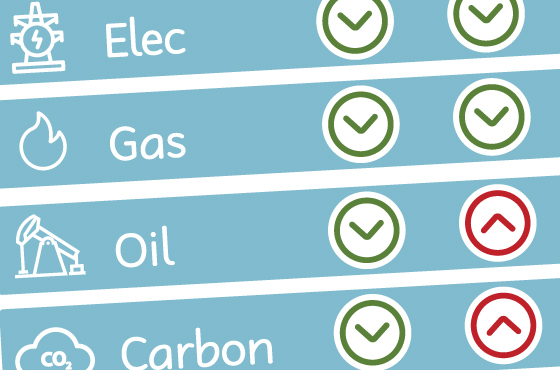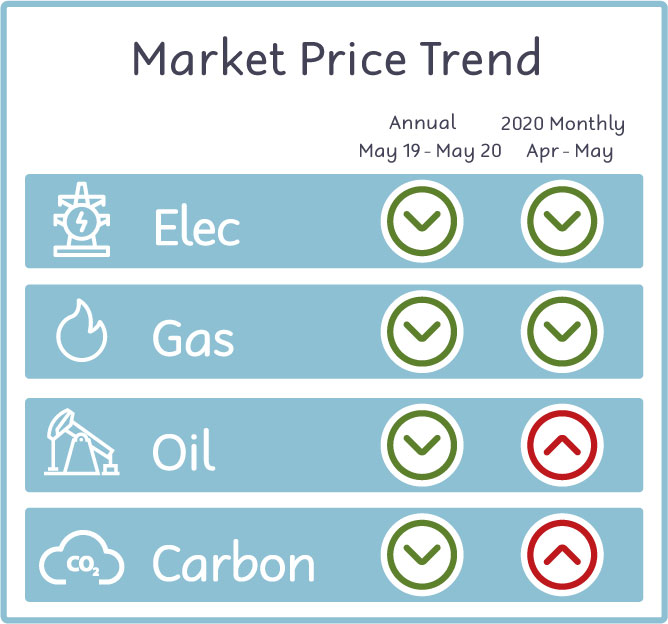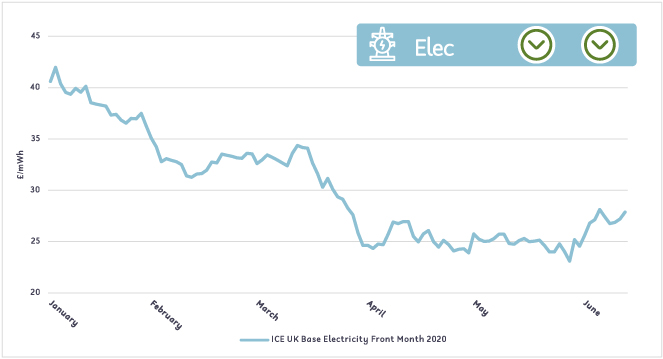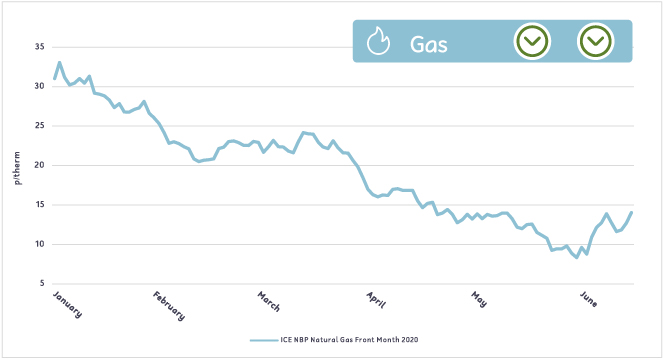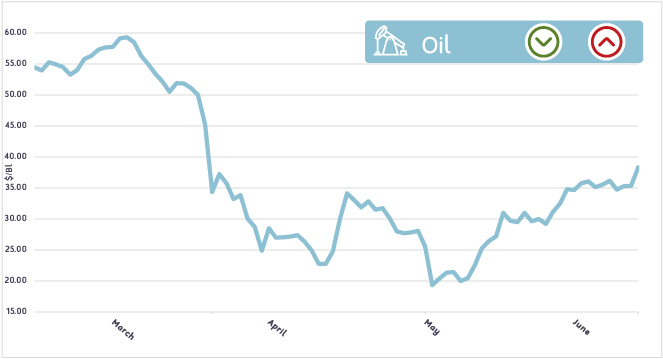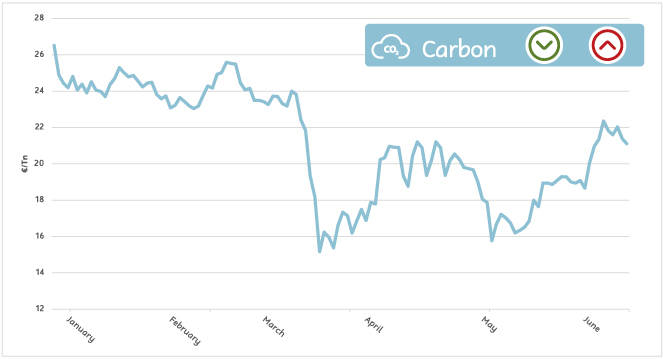Power sector leads the way but more to be done.
The Climate Change Committee (CCC) has warned that the UK is failing its climate goals and that the Government “must seize the opportunity” for a “green recovery”.
The latest report highlights a lack of progress over the past year by the government towards delivering the UK’s climate goals, and that the coronavirus has enabled a “once in a lifetime” opportunity.
Out of 21 progress indicators, the UK has failed 14, and just two of thirty-one policy milestones have been met over the last year.
However, UK emissions have been falling rapidly by approximately 28% from 2008 to 2018. Although progress is irregular, most is from the power sector as the chart details below:
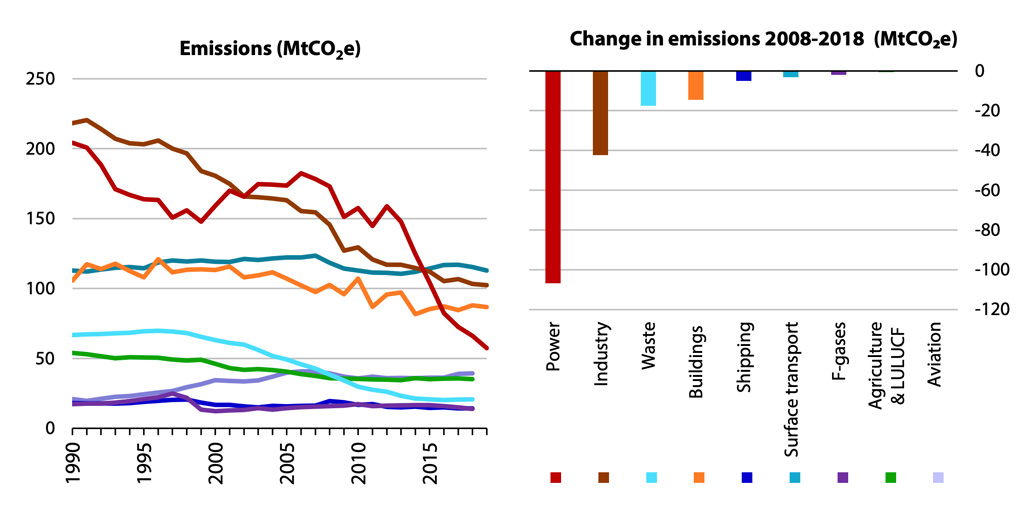 UK greenhouse gas emissions by sector, 2008-2019, millions of tonnes of CO2 equivalent (MtCO2e). Right: Change in emissions over the same period. Source: CCC progress report. Image source: Carbon Briefing
UK greenhouse gas emissions by sector, 2008-2019, millions of tonnes of CO2 equivalent (MtCO2e). Right: Change in emissions over the same period. Source: CCC progress report. Image source: Carbon Briefing
CO2 emissions in the power sector have fallen by two-thirds the CCC’s report suggests, which demonstrates that rapid progress is possible with the right foundations in place.
But the CCC has warned that the government must deliver on its plans to decarbonise the power system to reach an emissions intensity of 50gCO2/kWh by 2030. Also addressed in the report was the need for the creation of a policy that leads to supply and demand for hydrogen across the economy, and plans need to be developed for improving sectors such as heat and transport as they become increasingly electrified.
The Energy Revolution™ is a mechanism to drastically reduce CO2 emissions and deliver sustainable reductions in energy consumption. The self-generating mechanism is all-encompassing and includes innovative procurement, power conservation & generation equipment from installation to maintenance. It also enables organisations to claim partial independence from the grid, protecting themselves from rising market fluctuations and guarantees annual savings and carbon reductions.
To find out more about The Energy Revolution and how you could join contact us on telephone number 024 76630 8830 or email @ sales@getsolutions.co.uk



